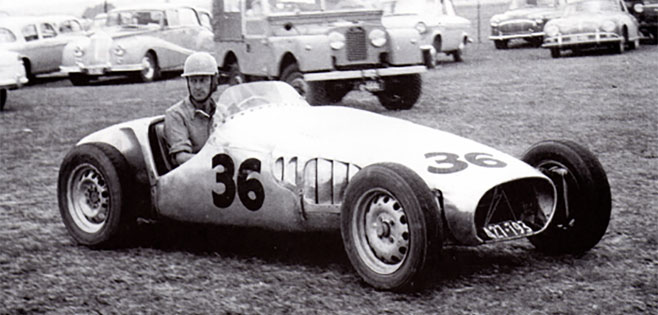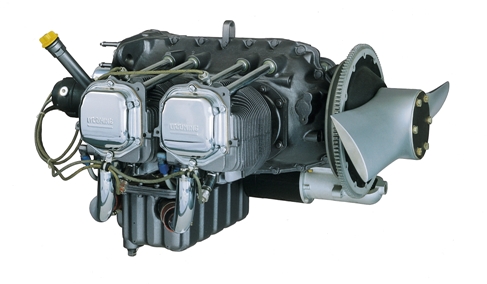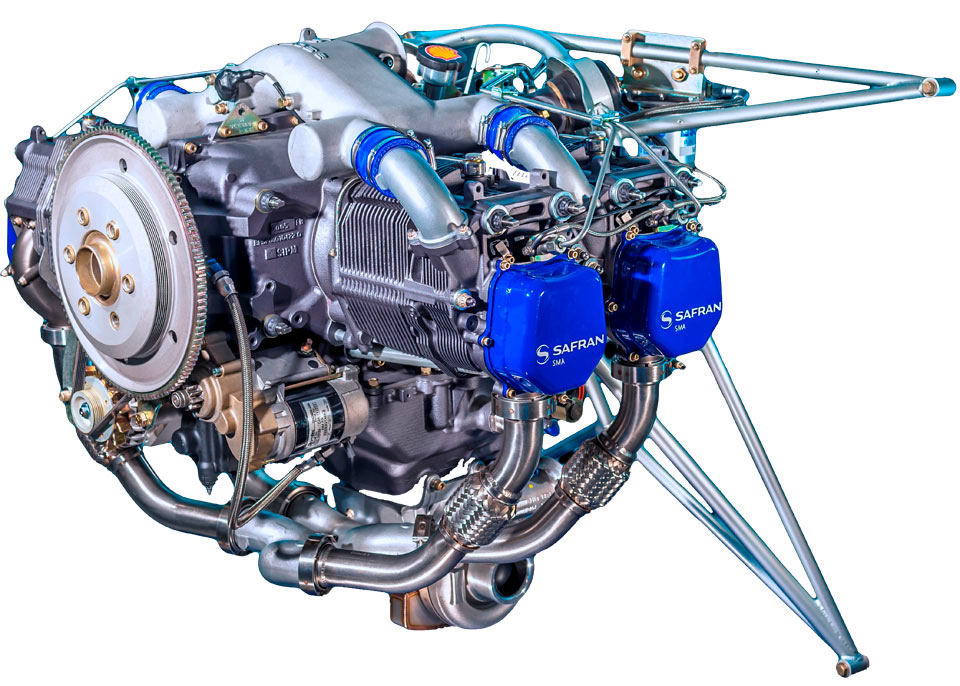IDK.
Our family discretionary income is certainly higher today than it was twenty years ago and yet twenty years ago I could have afforded to own a 172, maybe even a 182.
Not today.
Yes, the entry cost of a decent old Cessna remains quite low, but after that, everything from fuel to insurance to hangar space costs more, not to mention annuals and general maintenance and repair. Many of these old planes are also cheap because they have hopelessly outdated avionics and there is no cost-effective way of updating them.
Let's say I don't care. I just want a VFR traveling airplane and I have no desire to earn the rating and fly within the system. Sure, but it's becoming harder all the time to operate outside of the system.
GA has suffered more from the loss of active pilots and aircraft than it has from any economic decline of a decade ago.
As the number of active pilots and aircraft has declined, everything has gotten more expensive in constant dollars than was the case a couple of decades ago.
Our family discretionary income is certainly higher today than it was twenty years ago and yet twenty years ago I could have afforded to own a 172, maybe even a 182.
Not today.
Yes, the entry cost of a decent old Cessna remains quite low, but after that, everything from fuel to insurance to hangar space costs more, not to mention annuals and general maintenance and repair. Many of these old planes are also cheap because they have hopelessly outdated avionics and there is no cost-effective way of updating them.
Let's say I don't care. I just want a VFR traveling airplane and I have no desire to earn the rating and fly within the system. Sure, but it's becoming harder all the time to operate outside of the system.
GA has suffered more from the loss of active pilots and aircraft than it has from any economic decline of a decade ago.
As the number of active pilots and aircraft has declined, everything has gotten more expensive in constant dollars than was the case a couple of decades ago.















